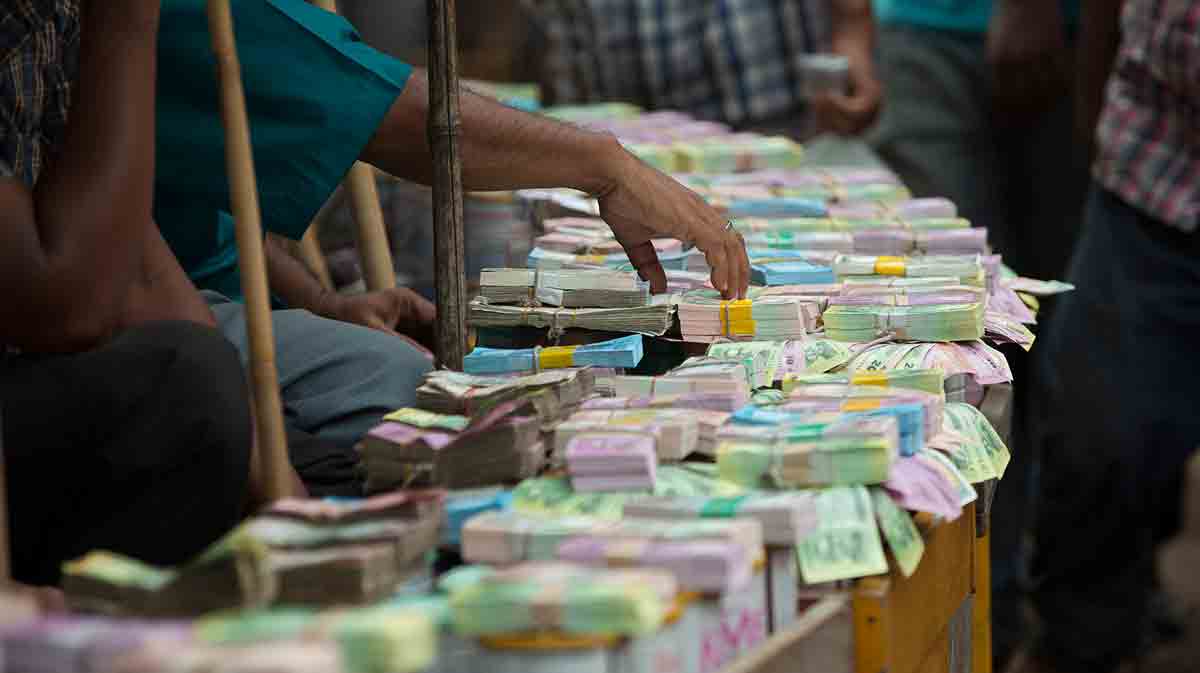
Monetary policy refers to the credit control measures adopted by the central bank of a country.

Image Courtesy : dhakatribune.com/sites/default/files/Monetary-policy.jpg
Johnson defines monetary policy “as policy employing central bank’s control of the supply of money as an instrument for achieving the objectives of general economic policy.” G.K. Shaw defines it as “any conscious action undertaken by the monetary authorities to change the quantity, availability or cost of money.”
The following are the principal objectives of monetary policy:
Full employment has been ranked among the foremost objectives of monetary policy. It is an important goal not only because unemployment leads to wastage of potential output, but also because of the loss of social standing and self-respect.
One of the policy objectives of monetary policy is to stabilise the price level. Both economists and laymen favour this policy because fluctuations in prices bring uncertainty and instability to the economy.
One of the most important objectives of monetary policy in recent years has been the rapid economic growth of an economy. Economic growth is defined as “the process whereby the real per capita income of a country increases over a long period of time.”
Another objective of monetary policy since the 1950s has been to maintain equilibrium in the balance of payments.
The instruments of monetary policy are of two types: first, quantitative, general or indirect; and second, qualitative, selective or direct. They affect the level of aggregate demand through the supply of money, cost of money and availability of credit. Of the two types of instruments, the first category includes bank rate variations, open market operations and changing reserve requirements. They are meant to regulate the overall level of credit in the economy through commercial banks. The selective credit controls aim at controlling specific types of credit. They include changing margin requirements and regulation of consumer credit. We discuss them as under:
The bank rate is the minimum lending rate of the central bank at which it rediscounts first class bills of exchange and government securities held by the commercial banks. When the central bank finds that inflationary pressures have started emerging within the economy, it raises the bank rate. Borrowing from the central bank becomes costly and commercial banks borrow less from it.
The commercial banks, in turn, raise their lending rates to the business community and borrowers borrow less from the commercial banks. There is contraction of credit and prices are checked from rising further. On the contrary, when prices are depressed, the central bank lowers the bank rate.
It is cheap to borrow from the central bank on the part of commercial banks. The latter also lower their lending rates. Businessmen are encouraged to borrow more. Investment is encouraged. Output, employment, income and demand start rising and the downward movement of prices is checked.
Open market operations refer to sale and purchase of securities in the money market by the central bank. When prices are rising and there is need to control them, the central bank sells securities. The reserves of commercial banks are reduced and they are not in a position to lend more to the business community.
Further investment is discouraged and the rise in prices is checked. Contrariwise, when recessionary forces start in the economy, the central bank buys securities. The reserves of commercial banks are raised. They lend more. Investment, output, employment, income and demand rise and fall in price is checked.
This weapon was suggested by Keynes in his Treatise on Money and the USA was the first to adopt it as a monetary device. Every bank is required by law to keep a certain percentage of its total deposits in the form of a reserve fund in its vaults and also a certain percentage with the central bank.
When prices are rising, the central bank raises the reserve ratio. Banks are required to keep more with the central bank. Their reserves are reduced and they lend less. The volume of investment, output and employment are adversely affected. In the opposite case, when the reserve ratio is lowered, the reserves of commercial banks are raised. They lend more and the economic activity is favourably affected.
Selective credit controls are used to influence specific types of credit for particular purposes. They usually take the form of changing margin requirements to control speculative activities within the economy. When there is brisk speculative activity in the economy or in particular sectors in certain commodities and prices start rising, the central bank raises the margin requirement on them.
The result is that the borrowers are given less money in loans against specified securities. For instance, raising the margin requirement to 60% means that the pledger of securities of the value of Rs 10,000 will be given 40% of their value, i.e. Rs 4,000 as loan. In case of recession in a particular sector, the central bank encourages borrowing by lowering margin requirements.
For an effective anti-cyclical monetary policy, bank rate, open market operations, reserve ratio and selective control measures are required to be adopted simultaneously. But it has been accepted by all monetary theorists that (i) the success of monetary policy is nil in a depression when business confidence is at its lowest ebb; and (ii) it is successful against inflation. The monetarists contend that as against fiscal policy, monetary policy possesses greater flexibility and it can be implemented rapidly.